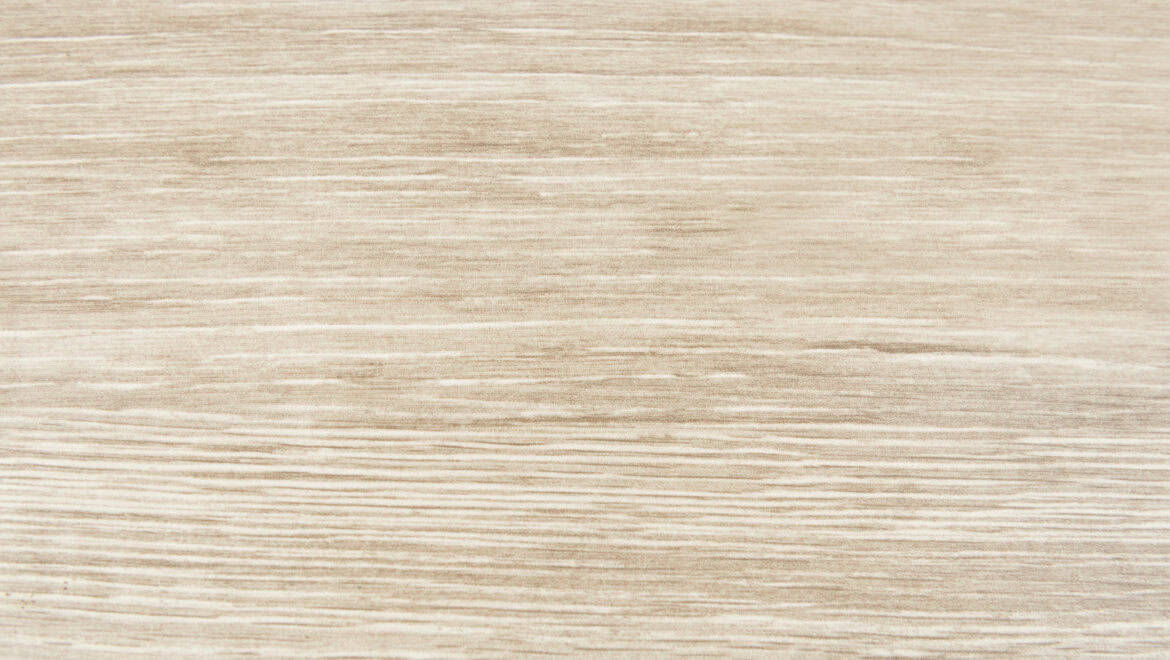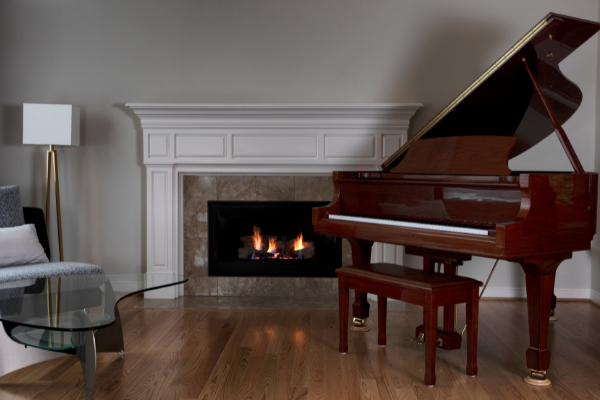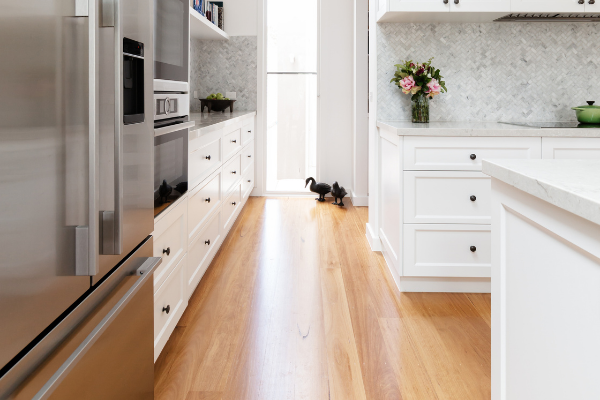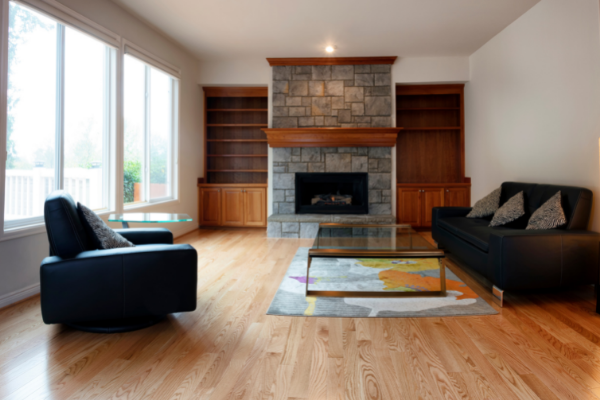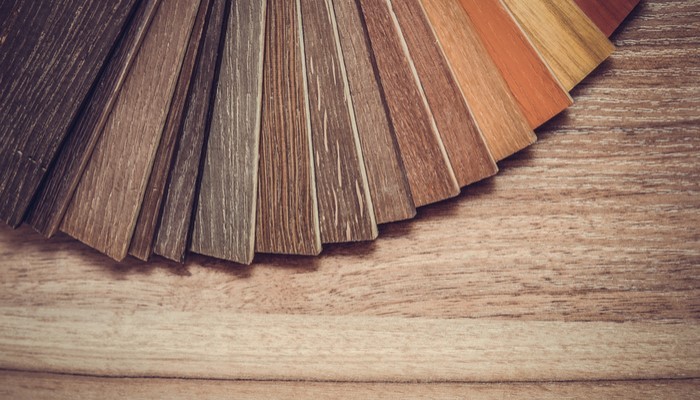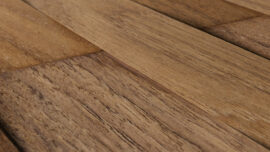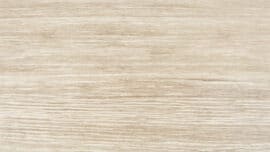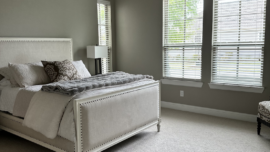Bright Ideas: Incorporating White Oak Hardwood Floors into Your Interior Design
In the realm of interior design, few elements offer the timeless elegance and enduring charm of white oak hardwood flooring. Renowned for its natural beauty, durability, and versatility, white oak flooring has remained a staple choice for homeowners, architects, and designers alike. Whether you’re renovating your home or embarking on a new construction project, incorporating white oak hardwood flooring can elevate your space to new heights of sophistication and style.
Why Choose White Oak Hardwood Flooring?
Timeless Appeal
White oak hardwood flooring exudes timeless charm that effortlessly complements any interior style, from traditional to modern. Its warm, inviting tones and distinctive grain patterns add character and depth to any room, creating a sense of warmth and sophistication that never goes out of style.
Durability
One of the most appealing aspects of white oak hardwood flooring is its exceptional durability. Unlike other flooring materials, white oak is highly resistant to wear, dents, and scratches, making it an ideal choice for high-traffic areas such as living rooms, kitchens, and hallways. With proper care and maintenance, white oak flooring can withstand the test of time, retaining its beauty and allure for generations to come.
Versatility
White oak hardwood flooring offers unparalleled versatility, allowing you to unleash your creativity and design the perfect space. Whether you prefer a rustic, distressed look or a sleek, contemporary finish, white oak can be customized to suit your unique aesthetic preferences. Its neutral color palette provides the perfect backdrop for any décor scheme, allowing you to experiment with different furniture, accessories, and accents to create your dream interior.
Tips for Choosing and Installing White Oak Hardwood Flooring
#1 – Select the Right Grade: White oak hardwood flooring is available in various grades, ranging from clear, premium-grade planks with minimal knots and imperfections to rustic-grade boards with more pronounced grain patterns and character marks. Consider the overall aesthetic you wish to achieve and choose a grade that complements your design vision.
#2 – Choose the Right Finish: White oak flooring can be finished in a variety of ways, including oil-based finishes, water-based finishes, and UV-cured finishes. Each finish offers its own unique benefits in terms of durability, maintenance, and aesthetics. Take the time to research different finishes and select the one that best suits your lifestyle and design preferences.
#3 – Pick The Right Cut: Woodcuts play a pivotal role in determining the appearance, strength, and overall quality of hardwood flooring. Understanding the different types of woodcuts is essential for selecting the right flooring material for your project. Here are some common wood cuts and their characteristics:
-
- Quartered Only/Quarter Sawn: This cut requires at least 50% of the piece to exhibit quartered features. In cross-section, the angle of the annual rings tangent to the face of the piece ranges between 45 and 90 degrees. The grain lines are mainly parallel to the length of the strips, with distinct medullary ray flecks that are more than 1/16″ wide. Quarter-sawn wood offers excellent stability and a distinctive appearance due to its straight grain pattern.
- Rift Only/Rift Sawn: This cut, at least 75% of the piece must demonstrate rift characteristics. The angle of the annual rings tangent to the face of the piece falls between 30 and 60 degrees. Grain lines are predominantly parallel to the length of the strips, with medullary ray flecks less than 1/16″ wide. Rift sawn wood provides enhanced stability and a straight grain pattern, making it ideal for flooring applications.
- Rift and Quartered: This cut combines both quarter sawn and rift sawn characteristics, resulting from the production run. It offers a balance between stability and appearance and is often the most affordable option among the three. This cut provides a unique blend of straight and distinctive grain patterns.
- Live Sawn: This cut produces boards with a diverse range of characteristics, including those of the cuts listed above, all within the same piece of flooring. This method creates a distinctive and visually striking appearance.
- Plain Sawn: This is the most common cut used in hardwood flooring. Plain sawn wood features a grain pattern that is more spread out and not as tight compared to other cuts. The grain pattern tends to be more wavy, and the appearance is characterized by cathedral-like patterns. While not as stable as quarter sawn or rift sawn cuts, plain sawn wood offers a traditional and timeless look.
#4 – Hire a Professional Installer: While DIY installation may seem tempting, it’s essential to enlist the help of a professional installer to ensure your white oak hardwood flooring is installed correctly and securely. A skilled installer will have the expertise, tools, and techniques necessary to achieve a flawless finish and maximize the longevity of your flooring investment.
Conclusion
In conclusion, white oak hardwood flooring is more than just a practical choice for your home – it’s a timeless investment that adds value, beauty, and sophistication to any space. Whether you’re renovating a historic property or designing a contemporary masterpiece, white oak flooring offers unparalleled versatility, durability, and elegance that will stand the test of time. So why wait? Elevate your space with the natural beauty of white oak hardwood flooring and transform your home into a sanctuary of style and luxury.
FAQs about White Oak Hardwood Flooring
- What are the benefits of choosing white oak hardwood flooring?
White oak hardwood flooring offers timeless appeal, exceptional durability, and versatile design options, making it a popular choice for homeowners and designers.
- Is white oak hardwood flooring suitable for high-traffic areas?
Yes, white oak hardwood flooring is highly durable and resistant to wear, making it an excellent choice for high-traffic areas such as living rooms, kitchens, and hallways.
- Can white oak hardwood flooring be refinished?
Yes, white oak hardwood flooring can be refinished multiple times, allowing you to restore its original beauty and extend its lifespan for many years.


